Emotional sensory bin activities offer an enjoyable and effective method for toddlers to discover and articulate their emotions. Educating young children on feelings is a crucial aspect of early development.
Fostering emotional intelligence from an early age helps develop social skills, communication abilities, and the capacity to handle emotions as one grows. One of the most fun and successful methods to teach this is via a interactive Emotions Sensory Bin.
This hands-on and imaginative method enables young children to discover various emotions in a secure, physical, and interesting manner. Whether it’s revealing emotion-filled faces in oats or copying facial expressions, a Feelings Sensory Bin for Kids offers numerous chances for exploration.
In addition to fostering emotional understanding, it also encourages sensory exploration, the growth of fine motor skills, and focused attention, all essential elements in a young child’s initial learning experiences.
This guide will teach you all the essentials to make your very own Emotions Sensory Bin and explore various enjoyable and interactive ways to use it. Suitable for parents, teachers, or caregivers, this activity is ideal for toddler playtime, preschool social development activities, or part of an All About Me Preschool Theme.
Save This Post for Later:
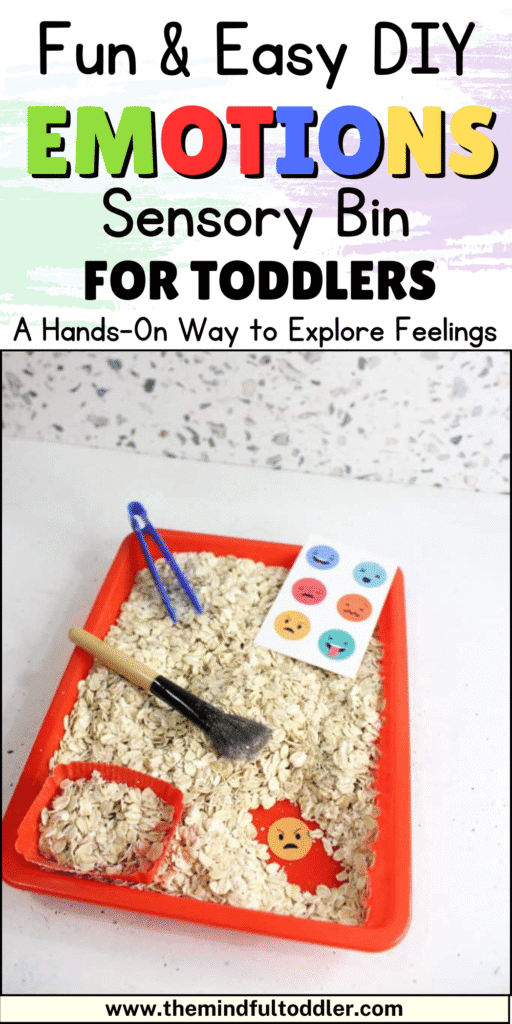
Why an Emotions Sensory Bin is Ideal for Toddlers
A Sensory Bin for Emotions for Children merges emotional education with hands-on discovery. This blend enables young children to calm themselves, concentrate, and learn in an effortless, comfortable environment. Here’s what makes it so effective:
1. Encourages Emotional Awareness
The Emotions Sensory Bin helps toddlers explore different emotions. As they discover emotion faces or emotion cards, they start to recognize and label feelings such as joy, sadness, anger, and surprise. This enhances their self-awareness and ability to identify emotions in both themselves and others—important elements of Social Emotional Development for Toddlers.
2. Hands-On Sensory Play
Engaging with oats, tongs, brushes, and emotional items offers deep sensory and emotional experiences. It enhances hand-eye coordination and supports the development of fine motor skills, which are essential abilities in early education.
3. Encourages Interaction and Linguistic Abilities
Expressing feelings out loud while playing enhances language skills. Statements such as “He appears surprised!” or “I am happy when I play with you” assist young children in linking emotions to words and everyday experiences.
4. Mindful Exploration
Running their hands over oats or softly touching emotion faces promotes mindfulness. Sensory play is inherently soothing and perfect for toddlers who need to manage their energy or emotions. It also serves as a gentleself-regulation activityand a strong emotional instrument.
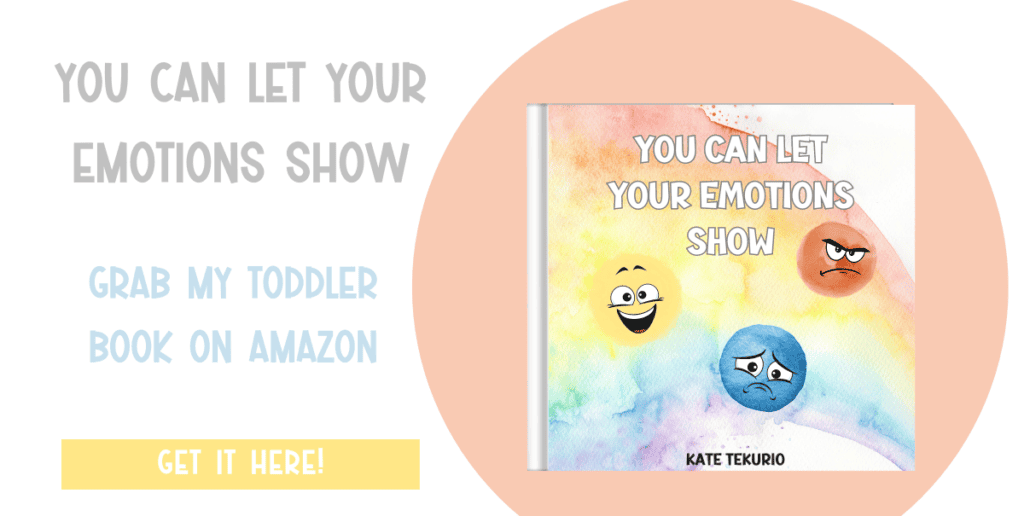
Essential Items Required to Create Your Emotions Sensory Bin
Making your Emotions Sensory Bin doesn’t need expensive items. In fact, much of what you need is probably already in your house or classroom. Here’s your essential list of supplies:
- A plastic container or flat tray (your sensory bin)
- Oats (or another mild foundation such as rice or lentils)
- Emotion stickers, printed facial expressions, or feeling cards designed for young children
- Small portions, measuring spoons, or containers
- Tweezers or tongs (excellent for enhancing fine motor skills)
- A pristine facial brush for soft application
Optional additions:
- Small containers or bowls
- Emotion recognition game for young children
- Laminated emotion art preschool cards
- Homemade crafts for kids in preschool
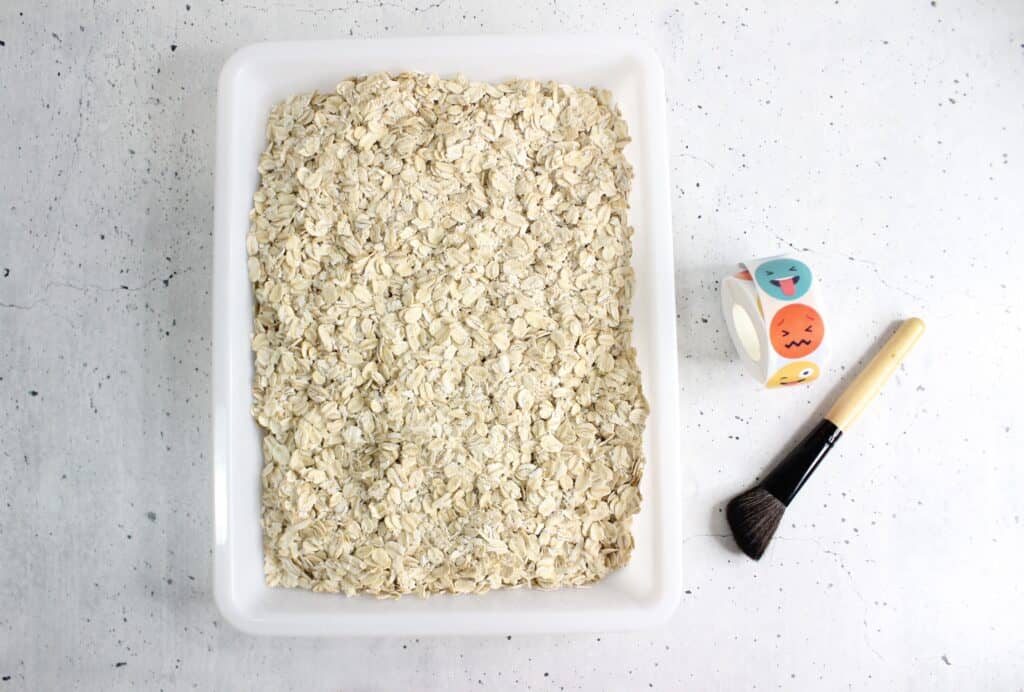
A Step-by-Step Guide to Building Your Emotions Sensory Bin
Here are some easy steps to make your Emotions Sensory activity come to life:
Step 1: Set Up Your Sensory Foundation
Add your oats to the bin until it’s about half full. This serves as a calming, textured foundation for exploration. Oats are gentle, natural, and comforting—perfect for sensory activities involving emotions with toddlers.

Step 2: Conceal the Feelings
Attach your printed emotion faces or stickers to the oats. You can cover them partially to evoke a feeling of exploration. These faces can express emotions such as happy, sad, angry, surprised, frightened, or peaceful.
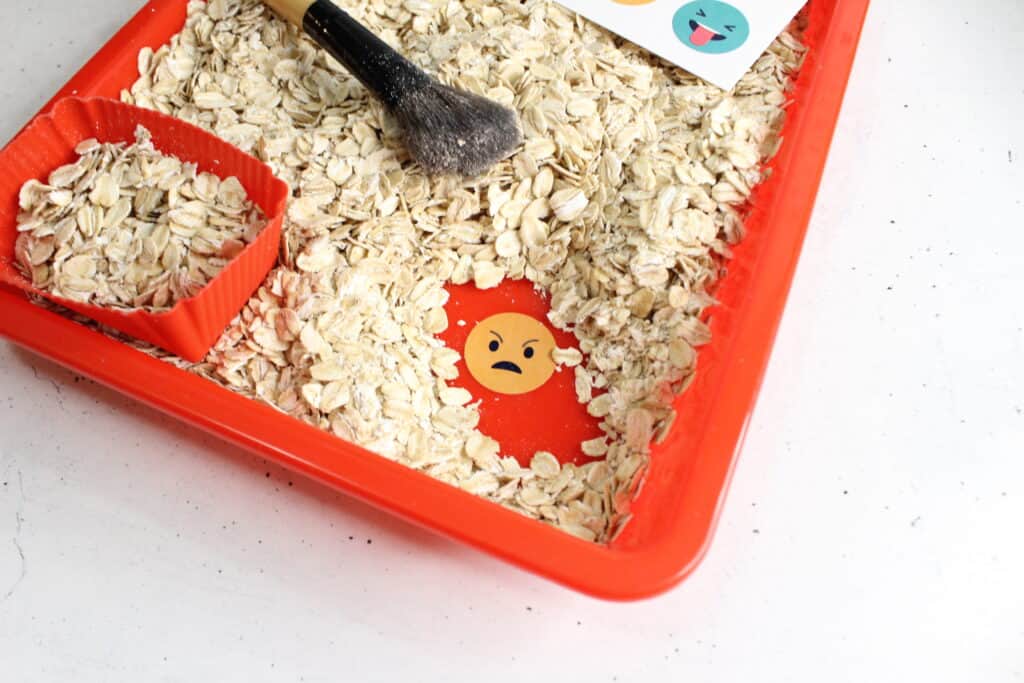
Step 3: Incorporate Resources for Discovery
Put your spoons, scoops, and tongs into the container. Motivate your young child to scoop and dig in order to discover the concealed emotion faces. Add a makeup brush so they can softly brush away the oats to uncover the feelings. This gradual, thoughtful movement is quite soothing.
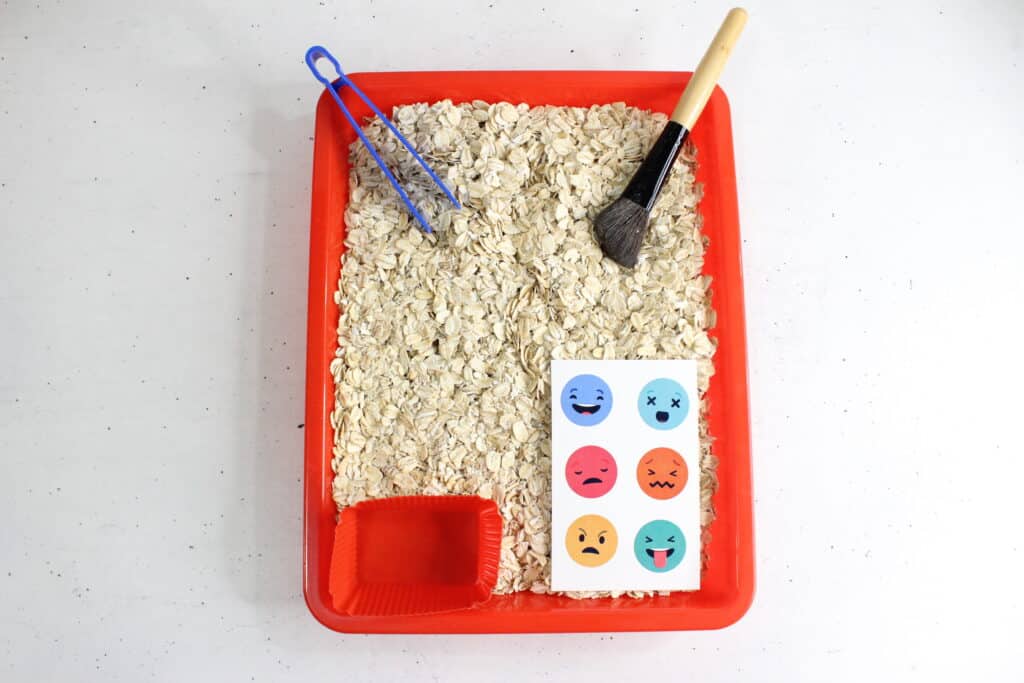
Step 4: Engage and Communicate
As your child discovers a new expression, ask:
- What do you believe this individual is experiencing?
- Can you mimic this expression?
- What causes you to feel this way?
This promotes emotional expression and establishes a base for empathy, which is crucial in any preschool social skills activity.
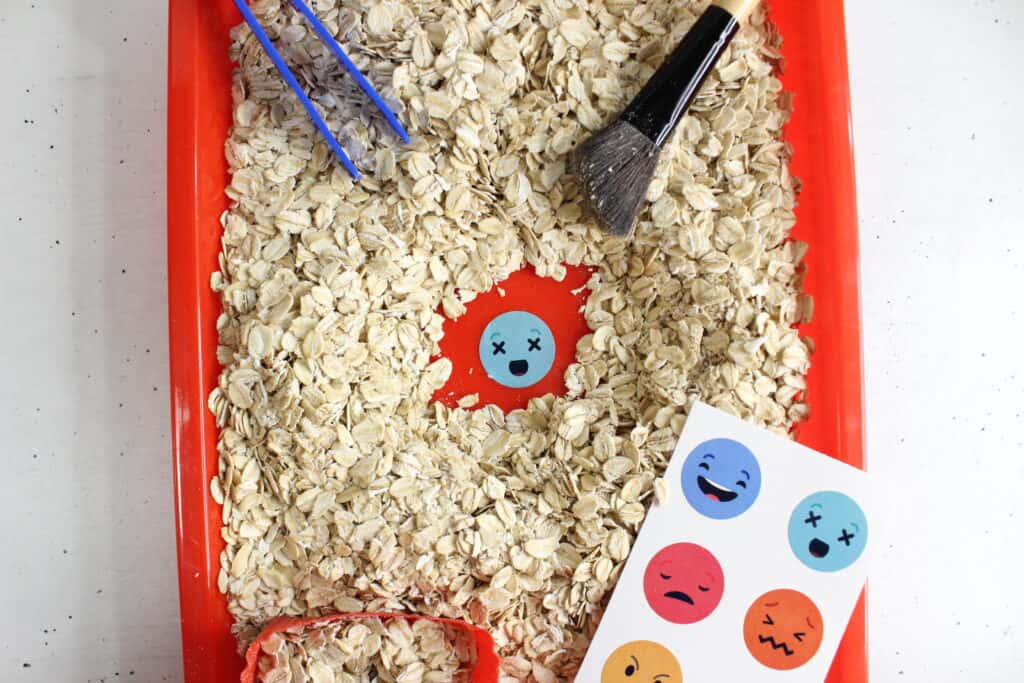
Creative Methods to Utilize Your Emotions in a Sensory Bin
Now that your emotional sensory bin is set up, let’s discover creative and meaningful ways to engage with it:
Act It Out
Every time a young child discovers a new facial expression, they can imitate it in front of a mirror. This bodily repetition aids in strengthening the ability to recognize emotions and enhances understanding.
Storytelling Fun
Utilize the Emotions Sensory Bin to spark imaginative narratives. For instance, say, “This expression seems sad. What do you think is making him feel that way?” You can then create a short story together. This method encourages language growth and emotional storytelling.
Sensory Exploration
Invite your young child to gently run their hands over the oats or mix them with a spoon. Sensory bins inherently help with self-regulation and ease feelings of being overwhelmed.
Expand the Activity
Let your young child draw their own facial expressions of emotions and then laminate them to include in the bin. You can also incorporate small figures, storybooks centered around emotions, or emotion-related art activities to provide a full emotional awareness experience.
Connect With “Inside Out”
Connect the activity to the filmInside OutPrinting out pictures of the characters Joy, Sadness, Fear, Anger, and Disgust. This introduces a pop-culture element to your Inside Out Arts and Crafts or Inside Out Preschool Activities.
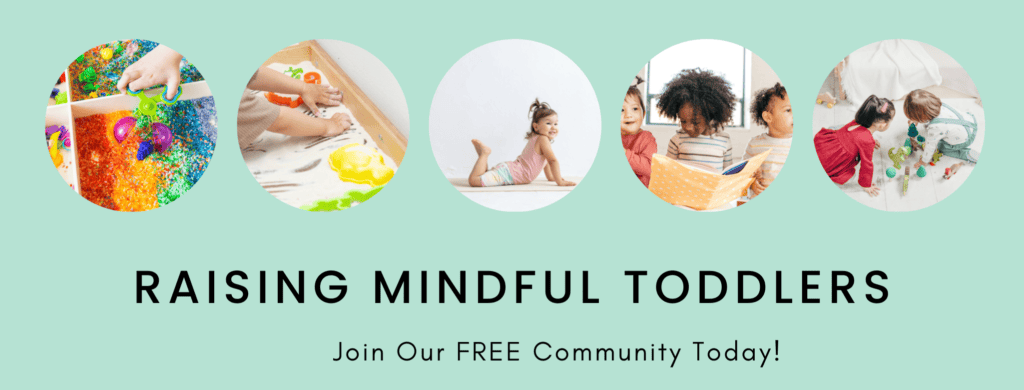
Additional Features: Expand Educational Opportunities
The Emotions Sensory Bin is adaptable and can grow with your toddler’s age and interests. Here are some suggestions:
- Emotions Literacy Activities PreschoolAdd brief written expressions to correspond with each feeling.
- Emotions Math Activities Preschool: Determine the number of joyful versus sorrowful faces present in the container.
- Feeling Puzzle Preschool: Incorporate basic emotion face puzzles to promote analytical thinking.
- Emotions Science Activities Preschool: Discover the way the brain handles emotions using basic images.
You can also explore:
- Everything About Me Sensory Exercises for Preschoolers
- September Sensory Bin Preschool themed for back-to-school emotions
- Healthy Habits Sensory Bin with happy/sick emotion faces
- Fall Preschool Sensory Binwith autumn-themed oats and seasonal emotional expressions
Tips for Storing and Reusing Over the Long Term
Don’t let your sensory bin be a single-use activity. Use these storage suggestions to keep it going:
- Keep oats and emotion faces in a properly sealed and marked container.
- Replenish the oats periodically as required.
- Turn the emotion cards around each month to maintain interest in the activity.
- Incorporate holiday or seasonal themed items.
- Combine with other toddler activities or emotion-themed sensory bin setups.
Would you like to present this concept to babies? Utilize gentle emotional stuffed animals or laminated, baby-safe emotion faces to set up an I Have Feelings Activities for Infants bin.
How the Emotions Sensory Bin Encourages Emotional Development
This activity goes beyond mere enjoyment, it holds significant developmental value:
- Fosters compassion and appreciation for different perspectives
- Assists young children in identifying and communicating their emotions effectively
- Encourages early reading skills and spoken communication
- Provides a peaceful, organized approach to engaging in emotional activities for young children
- Can be done individually or in a small group to encourage sharing and emotional collaboration
Whether you incorporate it into a feelings toddler activities arrangement or as part of your emotions theme for young children, this bin is essential in your emotional development resources.
Final Thoughts
The Emotions Sensory Bin provides young children with an engaging way to explore feelings, awareness, and expression. It combines the development of small hand skills with meaningful emotional learning, all within a single enjoyable bin filled with oats and emotion cards.
Whether you incorporate it into an All About Me Sensory Bin for preschool, a Feelings Science preschool unit, or just as a rainy-day activity, this sensory bin should be part of every toddler’s daily routine. It offers the ideal combination of preschool activities, creative discovery, and social-emotional growth.
Give it a try, and you’ll discover fresh methods to incorporate it into your Feelings Activities Preschool routine.
Above all, you’re not only helping your child identify a joyful or sorrowful expression; you’re equipping them with enduring skills to comprehend both themselves and those around them.
Continue creating, keep discovering, and always remember, each emotion is worth exploring.
Check out these other sensory bin ideas:





